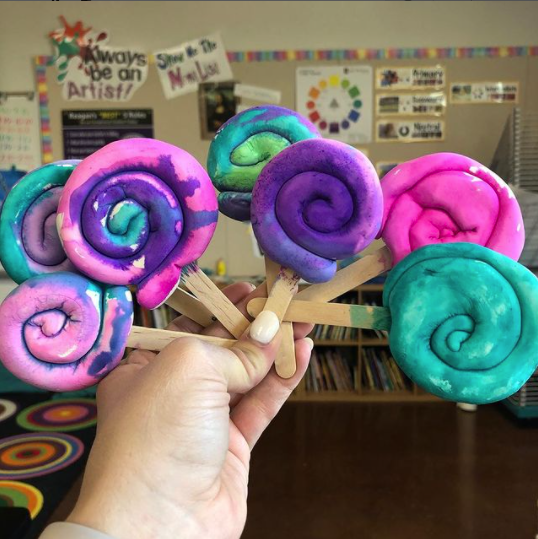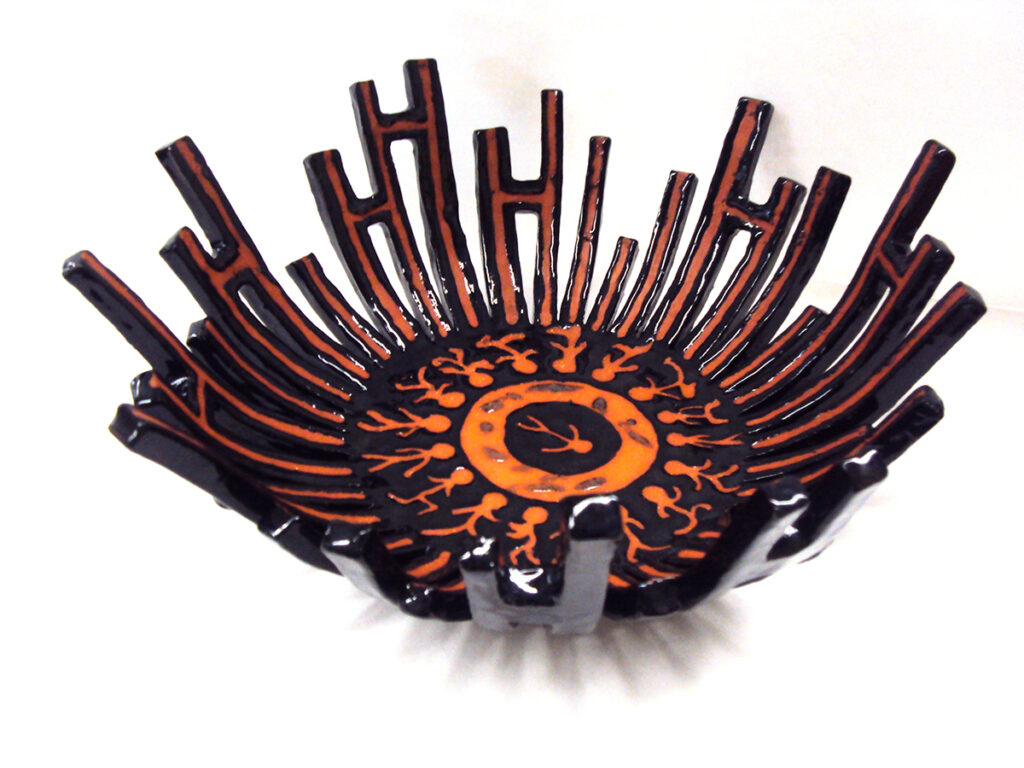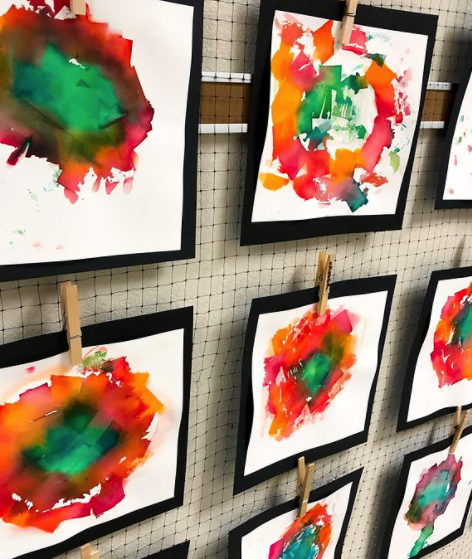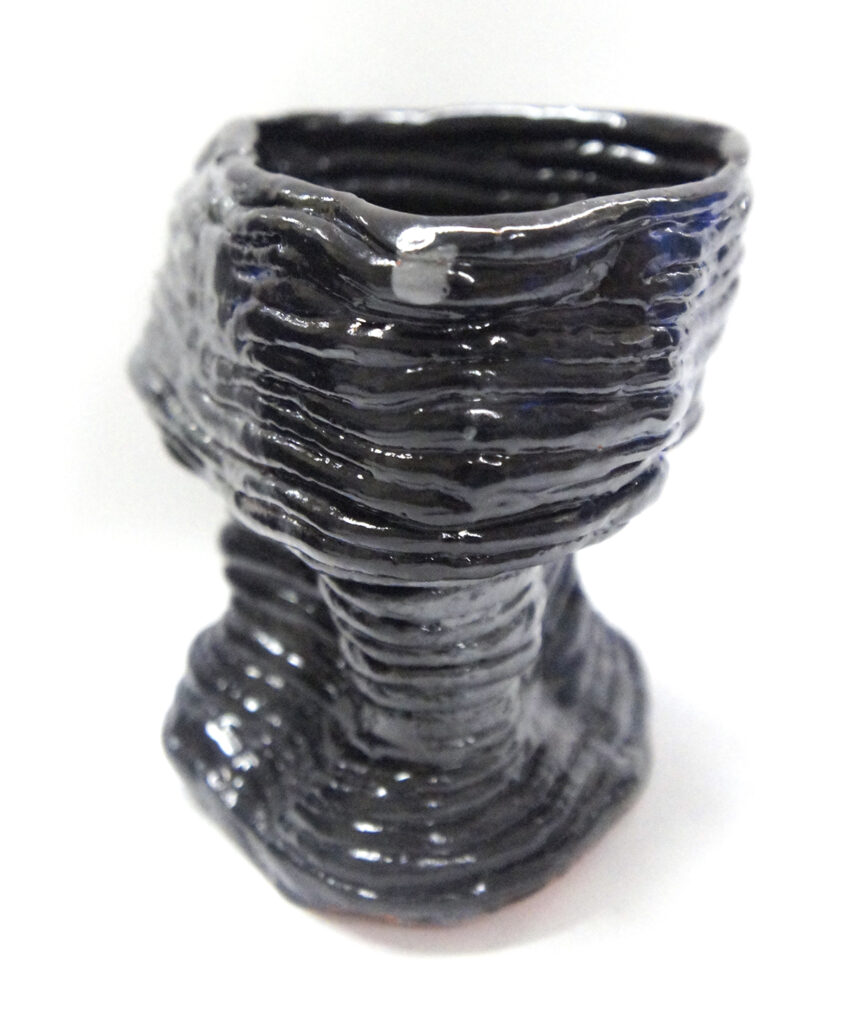No matter if you have been teaching art for one year or twenty, there are some tools and materials that bring awe and joy to students each time you introduce them. In a world full of overstimulation and technology, it’s interesting and refreshing that these favorites bring our art room back to the basics. We asked social media, and you delivered some amazing ones that are recurring favorites.
Here are 13 tools or materials we use in the art room that continue to blow students’ minds:
1. Anything GIANT
Most art teachers have at least one oversized art supply. It can be scissors that require two hands and big arm motions to use or a pencil or paintbrush as tall as you. These larger-than-life tools come in handy for demos, decor, or to grab straying students’ attention.

2. Model Magic™️ Marbling
Color mixing is always a popular unit with all ages. It’s no wonder because swirling paint and watching the colors blend and create neat lines is mesmerizing. Students love dabbing a little washable marker onto white Model Magic™️ and twisting it into the clay. Plus, it’s hands-on and very stress-relieving!

3. Salt on Watercolors
The chemistry behind salt and water is also a fascinating reaction to observe. Students love experimenting with different types of salt on different opacities of watercolor.

4. Wax Resist
This is another fun reaction to watch—it’s like magic! Make marks with liquid wax and cover with glaze in a ceramics unit or simply draw with a white crayon or tapered candlestick and then cover with watercolor. It’s like creating super-secret messages! Dive even deeper with batik techniques.

5. Graphite Transfers
Carbon paper is now a thing of the past, yet it is still so helpful in the art room. Use carbon or tracing paper with graphite on the back when replicating drawings. This paper is a timesaver when creating radial patterns. Such simple technology blows so many minds every single time.
6. Tissue Paper Bleeding
Just like marbling, it is so enticing to watch tissue paper colors slowly merge together. It’s like tie-dye without all the mess.

7. Cutting Clay with a Wire Cutter
Over and over, teachers and students alike keep saying that it’s just so satisfying.
8. Clay Extruder
The pain to clean the clay extruder is well worth it when you watch students’ faces as they experience it in action for the first time. Roger Drabant said, “It’s like these high schoolers never pushed playdough out of a press when they were younger.” And how many of us teach our students to roll coils by hand first and then show them the extruder? Laxmi Diaz says, “I like how mad they get.”

Hack: Not all classrooms have the privilege of having a clay extruder. If you don’t have one of these contraptions, Vicky Morgan-Fickett suggests purchasing a few garlic presses for your ceramic toolkits. It’s the same concept, just with mini coils!
9. Suminagashi
Suminagashi, or “floating ink,” is a Japanese paper marbling method. If you thought Model Magic™️ marbling was intriguing, your students are going to flip for this! It’s super easy for all ages, instantly gratifying, and doesn’t involve a lot of expensive materials.
10. The Back
This one made me laugh out loud. Mark Binert-Armstrong said, “That the other side of your paper can be used, too.” Revolutionary!
11. Safety Compass
How does this mini ruler make a perfect circle? Woah. Plus, it’s not pointy and you don’t have to deal with all the cute miniature pencils going missing.
12. Kneaded Erasers
Students think this clay that erases is the greatest invention ever. Not only can you mold it into little sculptures when you get sick of your drawing, but you can also press it into just the right shape to erase the oddest spot or angle.
13. Printmaking
And last but not least is the medium of printmaking. No matter what kind of printmaking you are doing, it is crazy to students that you can make pretty perfect multiples of your artwork as many times as you want.
Just when students are about to drive us up a wall, they ooh and aah over something simple, like a kneaded eraser. We take a deep breath, we smile at their pure fascination, and once again, fall back in love with our jobs all over again. The art room is the perfect place to give students a break from the push and pull of screens, the internet, and social media and let them enjoy the simple pleasures of creating. The next time your room feels a little too quiet and dry, try whipping out one of these fun tools or materials to bring back the excitement!
What amazing tool or material did we miss?
Which item from this list do you need to try with your students next?
Magazine articles and podcasts are opinions of professional education contributors and do not necessarily represent the position of the Art of Education University (AOEU) or its academic offerings. Contributors use terms in the way they are most often talked about in the scope of their educational experiences.





